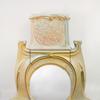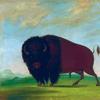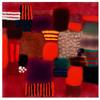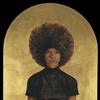Getty Villa Reinstalls Antiquities, Opens 'Plato in L.A.' Exhibition This Spring
- LOS ANGELES, California
- /
- November 15, 2017
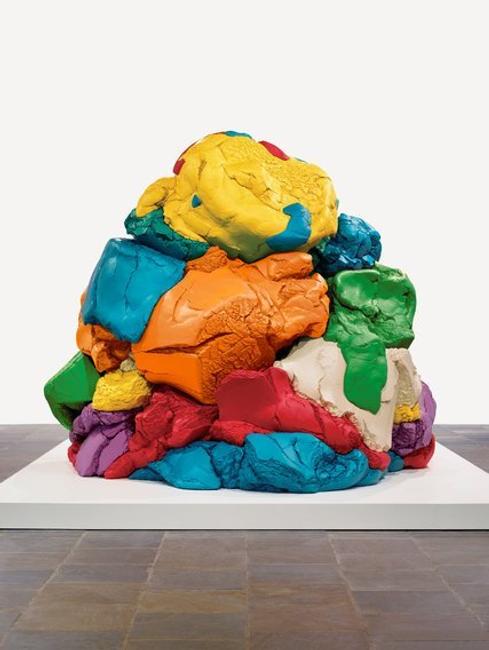
The Greek philosopher Plato (about 428-347 BC) is one of the founding figures of Western civilization. His writings, most composed in the form of dialogues led by his teacher Socrates, provide fundamental perspective on all aspects of human existence: metaphysical, ethical, poetic, and political. Plato in L.A.: Contemporary Artists’ Visions, on view from April 18, 2018 through September 3, 2018, will be the inaugural exhibition to accompany the opening of the newly reinstalled Getty Villa.
The exhibition will feature some of today's most celebrated artists, Paul Chan, Rachel Harrison, Huang Yong Ping, Jeff Koons, Joseph Kosuth, Mike Kelley, Paul McCarthy, Whitney McVeigh, Raymond Pettibon, Adrian Piper, and Michelangelo Pistoletto, and explore the many ways in which they have engaged with Plato’s writings. Individually, these artists have created some of the most thought-provoking works of our time, challenging viewers to reconsider their perception of the world, reflect on their role in society, and strive for transcendent understanding.
The selected sculptures, paintings, drawings, and large-scale installations respond to Platonic concepts, such as the meaning of the written word, dialogue as a form of philosophical inquiry, the nature of reality and how it can be understood in a world where appearances are so often deceiving, while also fostering the ultimate Platonic experience: contemplation. The exhibition was developed in close consultation with the artists and their representatives.
Original works by Joseph Kosuth, Paul McCarthy, Whitney McVeigh and Adrian Piper, have been created specifically for this exhibition and will be shown for the first time. It will also be the first time significant works by major international artists Huang Yong Ping and Michelangelo Pistoletto have been shown in a Los Angeles museum. Lenders range from the François Pinault Collection in Venice, other institutions, and the artists themselves.
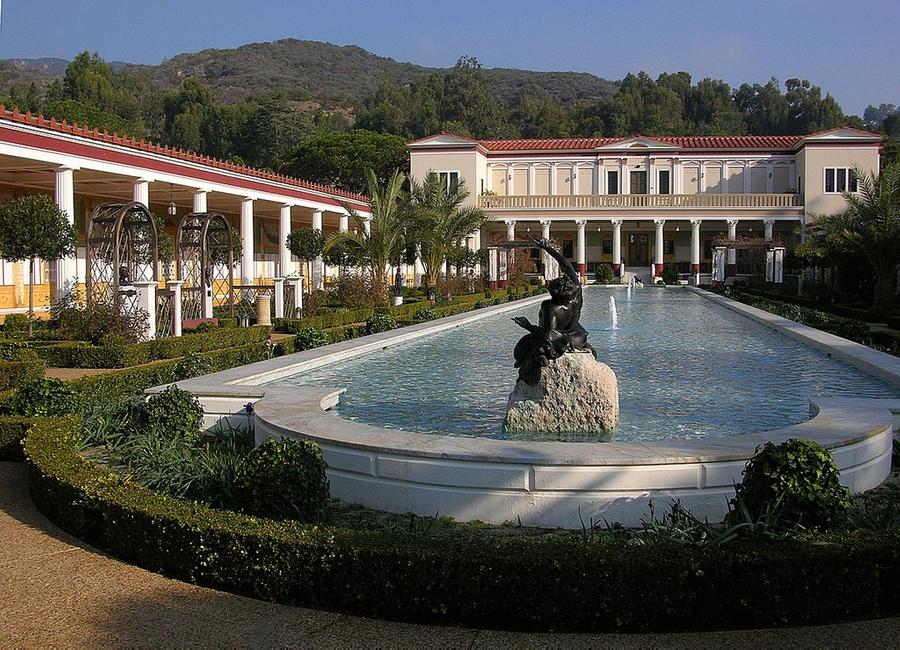
In the exhibition and its accompanying catalog, guest curator Donatien Grau calls Los Angeles a modern city with a fundamentally Platonic dimension. “This exhibition was conceived in and for Los Angeles. The city is a laboratory of existential and institutional experimentation, whose inhabitants are constantly engaging in a dialogue between the culture of Europe and the multiculturalism of modern American life. It is also the city of artists, and this exhibition was conceived in close collaboration and dialogue with them,” says Grau. “Plato, whose spirit is ever present in Los Angeles, reminds us that for humanity to prosper, it must contemplate a higher form of itself, as artists consistently invite us to do; it is a privilege to have been able to unveil the conversation in which they are all engaged.”
Timothy Potts, director of the J. Paul Getty Museum, adds, “Plato’s views on metaphysics, ethics and aesthetics have been the starting point for all of later western philosophy, even for those who – like his own pupil Aristotle – rejected them in part or whole. His theory of a more meaningful realm beyond the world of physical things and mere appearances has echoed down the centuries and still today holds many thinkers and artists in its grip. In Plato in L.A., visitors to the Getty Villa will have an opportunity to see how some of today’s most significant artists continue to grapple with his view of the world – from how to live a meaningful life to how we distinguish truth and reality from falsity and illusion.”
“Plato is the perfect conduit for bringing classical antiquity and contemporary art in such close proximity at the Getty Villa. The exhibition invites visitors to look at the work of living artists and the material culture of the ancient world not as polar opposites on a timeline but as deeply connected on a Platonic, i.e. dialectical spectrum: contemporary artistic viewpoints can intensify our engagement with antiquity, while ancient philosophy may offer new ways of approaching and understanding the art of our time,” says Jens Daehner, associate curator of antiquities at the J. Paul Getty Museum.
Plato in L.A. will be accompanied by a book edited by Donatien Grau containing interviews and writings by the contributing artists on how their work relates to Plato, and illustrations of selected works on view. It will be published by Getty Publications. Plato in L.A.: Contemporary Artists’ Visions is curated by Donatien Grau, assisted by Jeffrey Spier, senior curator of antiquities at the J. Paul Getty Museum, and Jens Daehner, associate curator of antiquities at the J. Paul Getty Museum.



